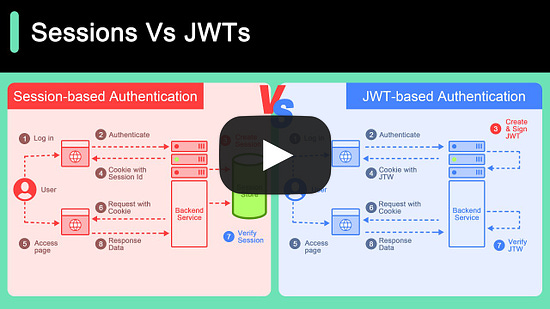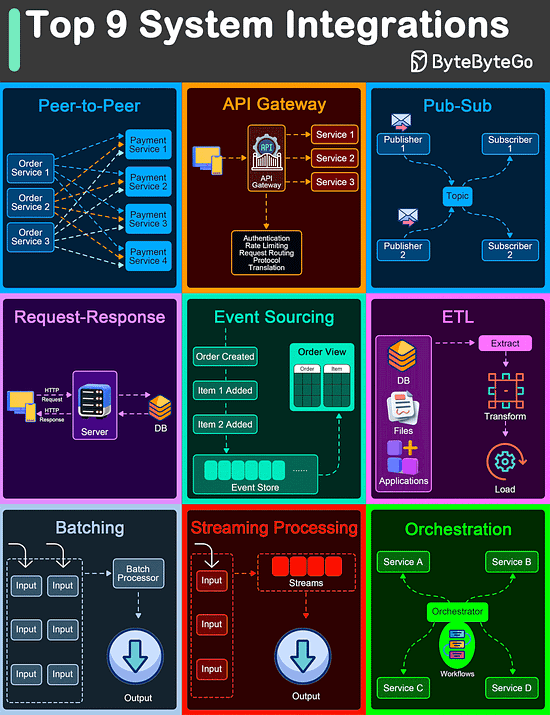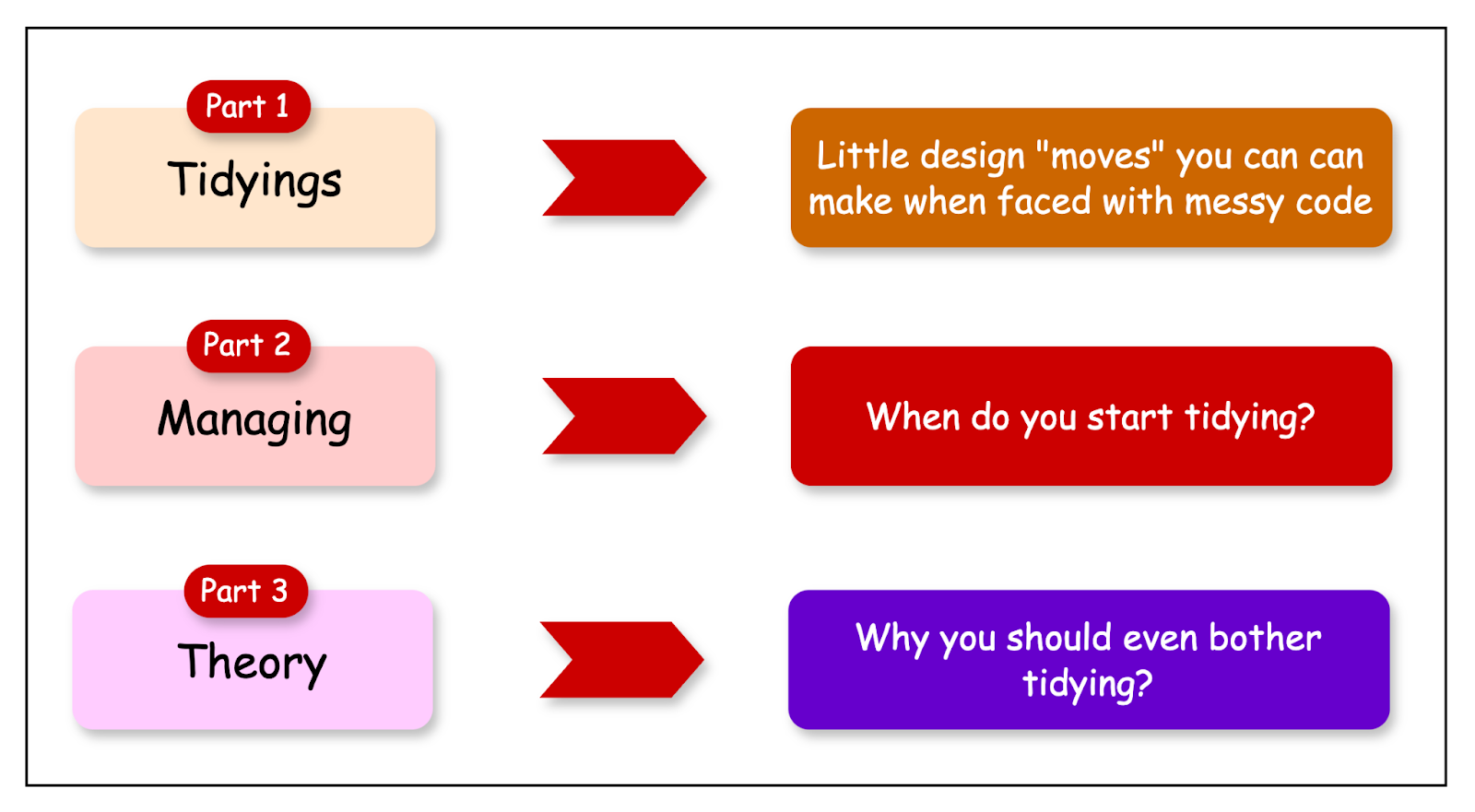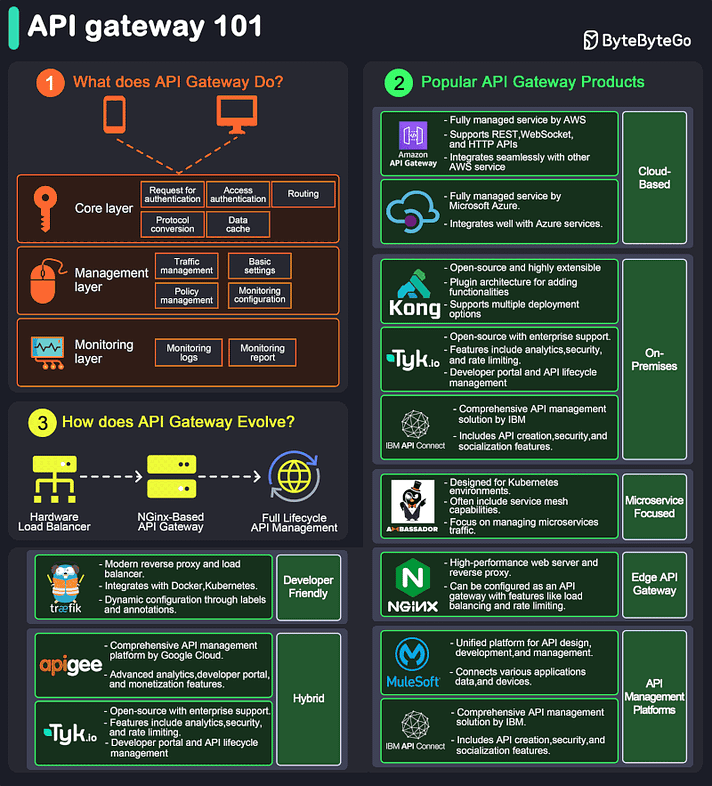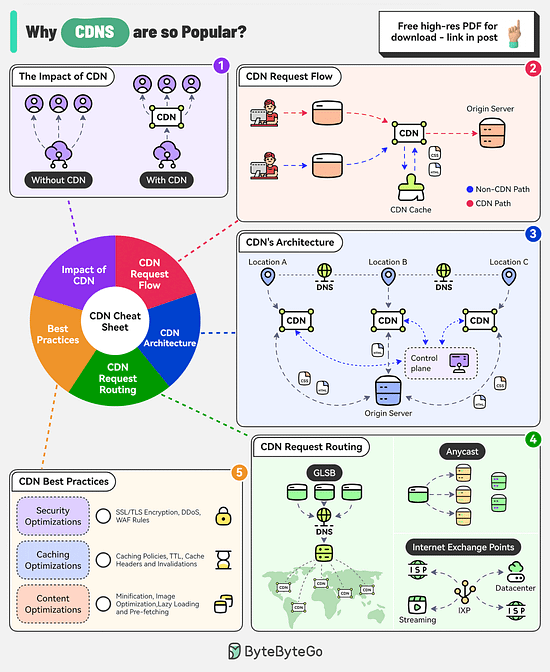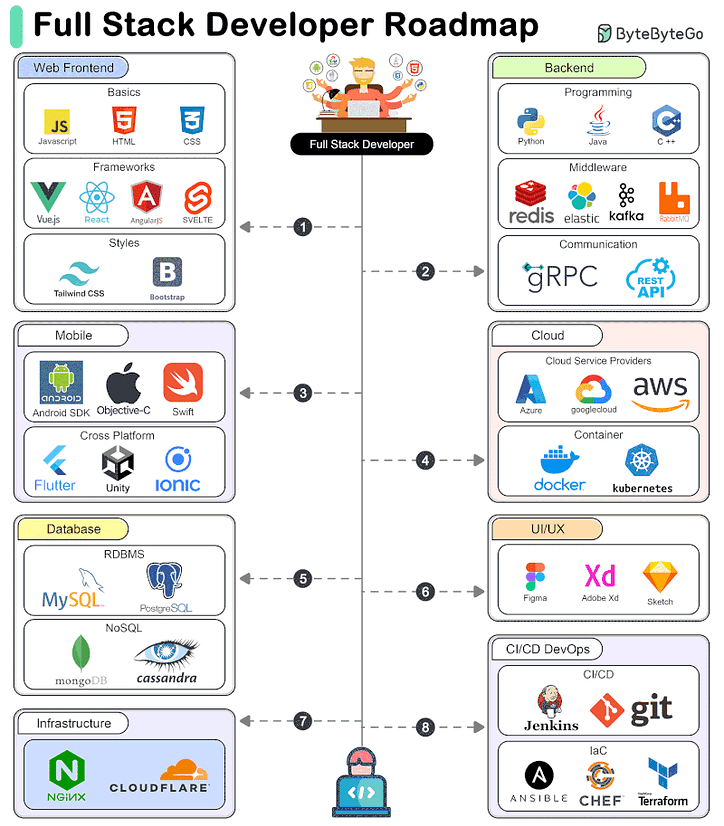Archives
- By thread 5370
-
By date
- June 2021 10
- July 2021 6
- August 2021 20
- September 2021 21
- October 2021 48
- November 2021 40
- December 2021 23
- January 2022 46
- February 2022 80
- March 2022 109
- April 2022 100
- May 2022 97
- June 2022 105
- July 2022 82
- August 2022 95
- September 2022 103
- October 2022 117
- November 2022 115
- December 2022 102
- January 2023 88
- February 2023 90
- March 2023 116
- April 2023 97
- May 2023 159
- June 2023 145
- July 2023 120
- August 2023 90
- September 2023 102
- October 2023 106
- November 2023 100
- December 2023 74
- January 2024 75
- February 2024 75
- March 2024 78
- April 2024 74
- May 2024 108
- June 2024 98
- July 2024 116
- August 2024 134
- September 2024 130
- October 2024 141
- November 2024 171
- December 2024 115
- January 2025 216
- February 2025 140
- March 2025 220
- April 2025 233
- May 2025 239
- June 2025 303
- July 2025 183
-
Why agents are the next frontier of generative AI
3 ways to ease automation This email contains information about McKinsey’s research, insights, services, or events. By opening our emails or clicking on links, you agree to our use of cookies and web tracking technology. For more information on how we use and protect your information, please review our privacy policy.
You received this email because you subscribed to our McKinsey Quarterly alert list.
Copyright © 2024 | McKinsey & Company, 3 World Trade Center, 175 Greenwich Street, New York, NY 10007
by "McKinsey & Company" <publishing@email.mckinsey.com> - 12:50 - 29 Jul 2024 -
The week in charts
The Week in Charts
Women’s heart health, tight labor markets, and more Share these insights
Did you enjoy this newsletter? Forward it to colleagues and friends so they can subscribe too. Was this issue forwarded to you? Sign up for it and sample our 40+ other free email subscriptions here.
This email contains information about McKinsey's research, insights, services, or events. By opening our emails or clicking on links, you agree to our use of cookies and web tracking technology. For more information on how we use and protect your information, please review our privacy policy.
You received this email because you subscribed to The Week in Charts newsletter.
Copyright © 2024 | McKinsey & Company, 3 World Trade Center, 175 Greenwich Street, New York, NY 10007
by "McKinsey Week in Charts" <publishing@email.mckinsey.com> - 03:32 - 27 Jul 2024 -
EP122: API Gateway 101
EP122: API Gateway 101
This week’s system design refresher:͏ ͏ ͏ ͏ ͏ ͏ ͏ ͏ ͏ ͏ ͏ ͏ ͏ ͏ ͏ ͏ ͏ ͏ ͏ ͏ ͏ ͏ ͏ ͏ ͏ ͏ ͏ ͏ ͏ ͏ ͏ ͏ ͏ ͏ ͏ ͏ ͏ ͏ ͏ ͏ ͏ ͏ ͏ ͏ ͏ ͏ ͏ ͏ ͏ ͏ ͏ ͏ ͏ ͏ ͏ ͏ ͏ ͏ ͏ ͏ ͏ ͏ ͏ ͏ ͏ ͏ ͏ ͏ ͏ ͏ ͏ ͏ ͏ ͏ ͏ ͏ ͏ ͏ ͏ ͏ ͏ ͏ ͏ ͏ ͏ ͏ ͏ ͏ ͏ ͏ ͏ ͏ ͏ ͏ ͏ ͏ ͏ ͏ ͏ ͏ ͏ ͏ ͏ ͏ ͏ ͏ ͏ ͏ ͏ ͏ ͏ ͏ ͏ ͏ ͏ ͏ ͏ ͏ ͏ ͏ ͏ ͏ ͏ ͏ ͏ ͏ ͏ ͏ ͏ ͏ ͏ ͏ ͏ ͏ ͏ ͏ ͏ ͏ ͏ ͏ ͏ ͏ ͏ ͏ ͏ ͏ ͏ ͏ ͏ ͏ ͏ ͏ ͏ ͏ ͏ ͏ ͏ ͏ ͏ ͏ ͏ ͏ ͏ ͏ ͏ ͏ ͏ ͏ ͏ ͏ ͏ ͏ ͏ ͏ ͏ ͏ ͏ ͏ ͏ ͏ ͏ ͏ ͏ ͏ ͏ ͏ ͏ ͏ ͏ ͏ ͏ ͏ ͏ ͏ ͏ ͏ ͏ ͏ ͏ ͏ Forwarded this email? Subscribe here for moreThis week’s system design refresher:
Session Vs JWT: The Differences You May Not Know! (Youtube video)
Top 9 Architectural Patterns for Data and Communication Flow
API Gateway 101
Why are Content Delivery Networks (CDN) so Popular?
A Roadmap for Full-Stack Development
SPONSOR US
Learn ScyllaDB from Discord Engineer Bo Ingram [FREE BOOK] (Sponsored)
Get practical tips for building low latency, high throughput apps with ScyllaDB
ScyllaDB in Action is a practical guide to everything you need to know about ScyllaDB, from your first queries to running it in a production environment. It’s written by Discord Staff Engineer Bo Ingram, author of the famous blog on how Discord migrated trillions of messages from Cassandra to ScyllaDB.
This early access preview covers:
Working with ScyllaDB vs. working with other databases
How ScyllaDB runs in practice
What matters most in real-world deployments
How to launch your first cluster, add tables, and run queries
How to perform effective data modeling in ScyllaDB
Session Vs JWT: The Differences You May Not Know!
Top 9 Architectural Patterns for Data and Communication Flow
Peer-to-Peer
The Peer-to-Peer pattern involves direct communication between two components without the need for a central coordinator.API Gateway
An API Gateway acts as a single entry point for all client requests to the backend services of an application.Pub-Sub
The Pub-Sub pattern decouples the producers of messages (publishers) from the consumers of messages (subscribers) through a message broker.
Request-Response
This is one of the most fundamental integration patterns, where a client sends a request to a server and waits for a response.Event Sourcing
Event Sourcing involves storing the state changes of an application as a sequence of events.ETL
ETL is a data integration pattern used to gather data from multiple sources, transform it into a structured format, and load it into a destination database.Batching
Batching involves accumulating data over a period or until a certain threshold is met before processing it as a single group.Streaming Processing
Streaming Processing allows for the continuous ingestion, processing, and analysis of data streams in real-time.Orchestration
Orchestration involves a central coordinator (an orchestrator) managing the interactions between distributed components or services to achieve a workflow or business process.
Latest articles
If you’re not a paid subscriber, here’s what you missed.
To receive all the full articles and support ByteByteGo, consider subscribing:
API Gateway 101
An API gateway is a server that acts as an API front-end, receiving API requests, enforcing throttling and security policies, passing requests to the back-end service, and then returning the appropriate result to the client.
It is essentially a middleman between the client and the server, managing and optimizing API traffic.
Key Functions of an API Gateway:Request Routing: Directs incoming API requests to the appropriate backend service.
Load Balancing: Distributes requests across multiple servers to ensure no single server is overwhelmed.
Security: Implements security measures like authentication, authorization, and data encryption.
Rate Limiting and Throttling: Controls the number of requests a client can make within a certain period.
API Composition: Combines multiple backend API requests into a single frontend request to optimize performance.
Caching: Stores responses temporarily to reduce the need for repeated processing.
Why are Content Delivery Networks (CDN) so Popular?
The CDN market is expected to reach nearly $38 billion by 2028. Companies like Akamai, Cloudflare, and Amazon CloudFront are investing heavily in this area.
There are several factors behind the popularity of CDNs
The Impact of CDN
CDNs improve performance, increase availability, and enhance bandwidth costs. With the use of CDN, there is a significant reduction in latency.CDN Request Flow
After DNS resolution, the user’s device sends the content request to the CDN edge server.
The edge server checks its local cache for the content. If found, the edge server serves the content to the user.
If not found, the edge server forwards the request to the origin server.
After receiving the content from the origin server, the edge server stores a copy in its cache and delivers it to the user.The Architecture of CDN
There are multiple components in a CDN’s architecture:
Origin Server: This is the primary source of content.
Edge Servers: They cache and server content to the users and are distributed across the world.
DNS: The DNS resolves the domain name to the IP address of the nearest edge server
Control Plane: Responsible for configuring and managing the edge servers.CDN Request Routing
GSLB: Routes user requests to the server based on factors like geographic proximity, server load, network conditions
Anycast DNS: Allows multiple servers to share the same IP address. It helps route incoming traffic to the nearest data center.
Internet Exchange Points: CDN providers establish a presence at major IXPs, allowing them to exchange traffic directly with ISPs and other networks.Best Practices
Some key best practices to optimize CDN performance are related to security aspects, caching optimizations, and content optimizations.
Over to you: What do you think makes CDNs popular?
A Roadmap for Full-Stack Development
A full-stack developer needs to be proficient in a wide range of technologies and tools across different areas of software development. Here’s a comprehensive look at the technical stacks required for a full-stack developer.
Frontend Development
Frontend development involves creating the user interface and user experience of a web application.Backend Development
Backend development involves managing the server-side logic, databases, and integration of various services.Database Development
Database development involves managing data storage, retrieval, and manipulation.Mobile Development
Mobile development involves creating applications for mobile devices.Cloud Computing
Cloud computing involves deploying and managing applications on cloud platforms.UI/UX Design
UI/UX design involves designing the user interface and experience of applications.Infrastructure and DevOps
Infrastructure and DevOps involve managing the infrastructure, deployment, and continuous integration/continuous delivery (CI/CD) of applications.
SPONSOR US
Get your product in front of more than 1,000,000 tech professionals.
Our newsletter puts your products and services directly in front of an audience that matters - hundreds of thousands of engineering leaders and senior engineers - who have influence over significant tech decisions and big purchases.
Space Fills Up Fast - Reserve Today
Ad spots typically sell out about 4 weeks in advance. To ensure your ad reaches this influential audience, reserve your space now by emailing sponsorship@bytebytego.com
Like
Comment
Restack
© 2024 ByteByteGo
548 Market Street PMB 72296, San Francisco, CA 94104
Unsubscribe
by "ByteByteGo" <bytebytego@substack.com> - 11:35 - 27 Jul 2024 -
Crealab.org
Great news! The domain Crealab.org is now available on GoDaddy!The Internet is the most efficient way to acquire new customers.
Anytime someone types Crealab, Crealab Online, or any other phrase with these keywords into their browser, your site could be the first they see!
Avg Google Search Results for this domain is: 140,000
You can easily redirect all the traffic this domain gets to your current site!
GoDaddy.com appraises this domain at $1,446
Priced at only $398 for a limited time! To claim it, go to Crealab.org and select Buy Now or purchase directly at GoDaddy.
Since we're contacting multiple interested parties about this domain, quick action is recommended if you're interested.
Thank you for your time.
Cristeta Angeles
by "Cristeta Angeles" <yourdomainguru.cristeta84@gmail.com> - 04:40 - 27 Jul 2024 -
https://www.odoo.com/pa
Hello,
I need this site for guest posting. I can pay you $10 for each post. I will send you an article soon.
Thanks
by "Grazelle Faith" <grazellefaith003@gmail.com> - 02:38 - 26 Jul 2024 -
site;https://www.odoo.com/
Hi,
i visit your site;https://www.odoo.com/
and i am interested for guest posting on your site
and i need permanent post on your site with 2 do follow links and i give you many orders and make business with you so please tell me sponsor post price of your site
waiting for your replythanks
by "Advika Yadav" <advikayadav.seo@gmail.com> - 10:27 - 26 Jul 2024 -
The Business Show UK
Hello,
Are you interested in The Business Show UK Show attendees list.
I am happy to share Pricing and Count Associated.
We can get you data fields like: Company names, Contact details, email address, number, etc.Best Regards,
Gina
by "Gina Bernard" <gina.bernard@serveitoutreach.shop> - 04:49 - 26 Jul 2024












